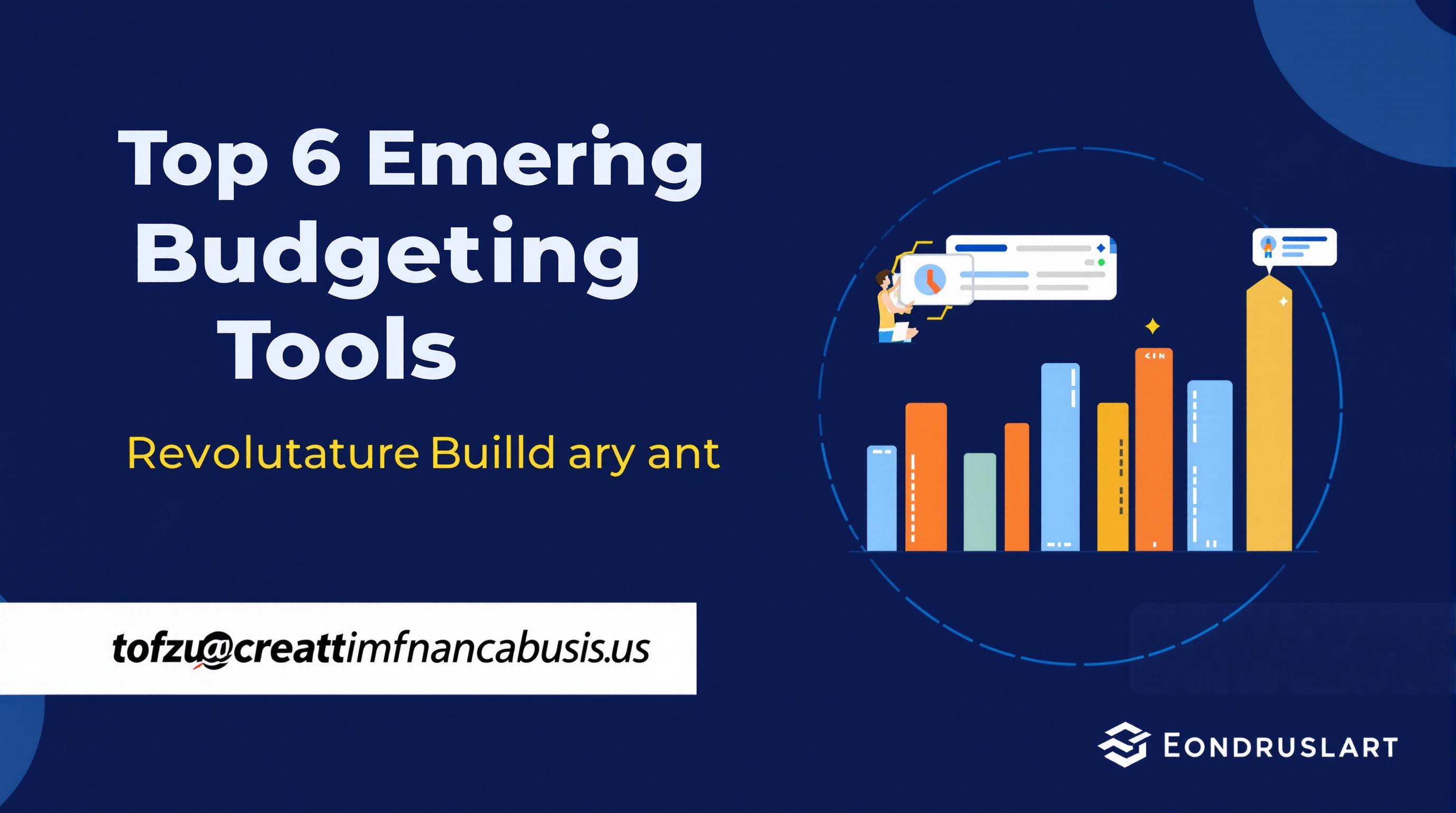Related Articles
- The Unexpected Link Between Employee Wellness Programs and Expense Reporting Accuracy in Modern Firms
- Top 5 Game-Changing Expense Tracking Apps Transforming Business Budget Accuracy Since 2020
- Unveiling the Silent Impact of Remote Work on Hidden Company Outlays and Budget Surprises
- Unveiling Hidden Costs: How Unexpected Factors Disrupt Small Company Financial Records and Solutions
- Top 6 Invoice Automation Tools From the Last Five Years Revolutionizing Workflow Transparency and Control
- Top 6 Emerging Budgeting Tools Revolutionizing Small Business Financial Strategy Since 2019
5 Innovative Strategies for Dynamic Business Budget Planning to Maximize Growth and Minimize Financial Risk
5 Innovative Strategies for Dynamic Business Budget Planning to Maximize Growth and Minimize Financial Risk
5 Innovative Strategies for Dynamic Business Budget Planning to Maximize Growth and Minimize Financial Risk
1. Embrace Rolling Forecasts for Agility
Traditional static budgets often fail to capture the dynamic nature of today's business environment. Rolling forecasts offer a continuous budgeting approach, updating financial projections regularly—monthly or quarterly—allowing businesses to adjust tactics in response to market changes.
By embracing rolling forecasts, companies gain agility, enabling more accurate cash flow management and better resource allocation. This approach fosters proactive rather than reactive decision-making, which is vital for maintaining competitive advantage and maximizing growth potential.
Organizations that implement rolling forecasts often experience improved forecasting accuracy and enhanced financial discipline (SAS Institute, 2020). It encourages cross-departmental collaboration as all teams contribute to ongoing forecast updates, breaking silos that could hamper budget effectiveness.
2. Incorporate Scenario Planning to Mitigate Risk
Scenario planning involves creating multiple hypothetical financial scenarios—best case, worst case, and most likely outcomes—to prepare budgets for diverse market conditions. This analytical approach anticipates potential risks and opportunities, equipping leaders with actionable insights.
By simulating different scenarios, businesses can identify key risk triggers and develop contingency plans, reducing financial vulnerability. This method supports informed decision-making and prepares teams for unexpected economic shifts that might otherwise threaten stability.
Harvard Business Review highlights scenario planning as a crucial tool for navigating uncertainty and fostering resilience in business strategy (Schoemaker, 1995). Integrating this technique into budget planning strengthens risk management frameworks and aligns financial goals with strategic flexibility.
3. Leverage Technology and Analytics for Data-Driven Budgets
Advanced budgeting software and analytics tools offer real-time data processing and predictive insights that facilitate smarter financial planning. Utilizing these technologies allows businesses to analyze historical data trends and market indicators accurately.
Integrating artificial intelligence (AI) and machine learning models into budgeting processes uncovers hidden patterns and forecasting anomalies, improving the reliability of budget assumptions. This technology-driven approach enhances efficiency, reduces manual errors, and accelerates budgeting cycles.
PwC's Global CFO Survey (2022) reveals that CFOs leveraging digital tools experience higher confidence in forecasts and better alignment of budgets with corporate strategy. Businesses investing in budgeting technologies are positioned to make agile, informed financial decisions supporting sustained growth.
4. Foster Cross-Functional Budget Collaboration
Budget planning often suffers from disconnected inputs when departments operate in isolation. Encouraging collaboration across finance, marketing, operations, and sales ensures the budget reflects comprehensive business realities and priorities.
Cross-functional teamwork enables the pooling of diverse perspectives, leading to more accurate revenue predictions and efficient expense management. It also creates accountability among teams to meet shared financial targets and adapt to changes collectively.
According to Deloitte, organizations that promote integrated financial planning exhibit stronger financial performance and responsiveness (Deloitte, 2019). Establishing regular budget review meetings and collaborative platforms enhances communication and drives holistic budget ownership.
5. Integrate Performance Metrics to Track and Adjust Budgets
Linking budget allocations with key performance indicators (KPIs) allows businesses to measure the effectiveness of spending in driving growth objectives. Monitoring KPIs such as customer acquisition cost, profit margins, and cash conversion cycles helps identify budgetary inefficiencies.
Continuous performance measurement facilitates agile budget adjustments when financial results deviate from plans. This feedback loop empowers managers to optimize investments in high-impact areas and curtail expenditures that do not yield expected returns.
The Balanced Scorecard Institute emphasizes aligning budgets with strategic KPIs to cultivate sustainable growth and financial discipline (Kaplan & Norton, 1996). Embedding performance tracking within budgeting fosters transparency and ensures resource deployment supports organizational goals.
Summary
Incorporating rolling forecasts, scenario planning, and leveraging advanced technologies builds a flexible budgeting framework that navigates uncertainty. Encouraging cross-functional collaboration and linking budgets to performance metrics sustain disciplined yet adaptive financial management.
These strategies collectively maximize growth opportunities, minimize risks, and enhance decision-making quality. As businesses face increasingly complex environments, dynamic budget planning becomes essential for sustaining competitive edge and financial health.
By adopting these innovative methods, organizations position themselves to respond swiftly to change, allocate resources efficiently, and achieve long-term success in an unpredictable market landscape.


